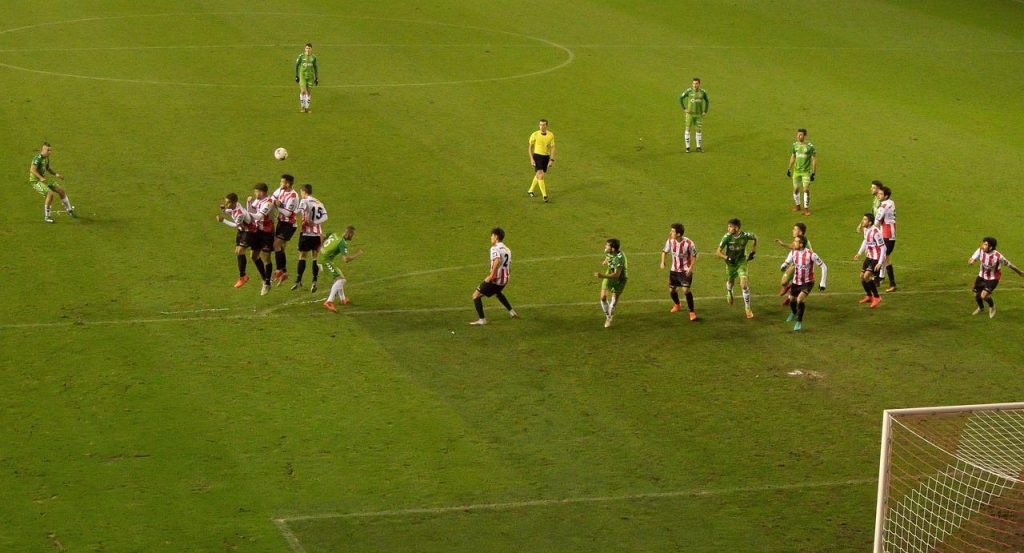When the crack of the bat falls silent and runs become elusive, even the most meticulously crafted lineups can find themselves grappling with frustration. This season, both the Texas Rangers and San Diego Padres find themselves at such a crossroads-powerhouses with potent rosters now searching for answers amid slumps and sputtering offenses. As these storied clubs strive to reignite their bats and unlock consistent production, the quest to solve their struggles at the plate has become a pivotal storyline, shaping not only their immediate fates but the broader landscape of the league. In this article, we delve into the challenges each team faces at the plate and explore the strategic adjustments aimed at turning the tide back in their favor.
Rangers Offensive Woes Unpacked Identifying Key Areas for Improvement
The Rangers’ offensive struggles have become increasingly evident, with key contributors failing to deliver in clutch situations. A closer look at their lineup reveals an alarming scarcity of consistent power hitting, which has left the team relying heavily on singles and small-ball strategies. Additionally, the high strikeout rate suggests a pressing need for better plate discipline and pitch recognition. The inability to capitalize with runners in scoring position continues to undermine their scoring potential, opening the door for opposing pitchers to dictate the flow of the game.
To turn things around, the Rangers must focus on these critical areas:
- Enhancing on-base percentage through patience at the plate.
- Incorporating more situational hitting drills to improve clutch performance.
- Developing power hitters capable of driving the ball beyond the infield.
- Reducing strikeouts by refining bat speed and pitch selection.
Addressing these facets of their offense could transform an underwhelming lineup into a potent threat capable of sustaining rallies and dominating at the plate.
Padres Batting Challenges Analyzing Pitch Selection and Contact Rates
San Diego’s lineup has struggled with consistency this season, largely due to a mismatch between pitch selection and effective contact zones. Despite having a roster filled with adept hitters, the Padres’ batters have been frequently caught off-guard by an increase in off-speed and breaking pitches, particularly breaking balls low and away. This trend has resulted in a stark decline in solid contact rates, limiting their ability to generate runs during crucial innings. It’s clear that adapting to pitch types is a significant hurdle, as many hitters have been forced into chasing pitches out of the strike zone, influencing a disturbing spike in strikeouts and weak grounders.
Key factors contributing to the Padres’ offensive woes include:
- High pitch selection rate of breaking balls targeting the bottom of the strike zone
- Overall contact rates dropping below league averages, especially on sliders and curveballs
- Difficulty in recognizing pitch sequences early, causing late or off-balance swings
Addressing these challenges will require a dual approach: refining plate discipline to enhance pitch recognition and adjusting swing mechanics to improve contact quality. If the Padres can successfully recalibrate how their hitters engage with diverse pitch arsenals, they can regain a more formidable presence at the plate and push back against opposing pitchers’ strategies.
Strategic Adjustments to Rekindle Consistent Scoring
To reignite the offense, both the Rangers and Padres have begun implementing refined approaches at the plate. A renewed emphasis on plate discipline is front and center, encouraging hitters to extend at-bats and capitalize on pitcher mistakes. Coaches are pushing for a focus on pitch recognition, launching targeted drills to improve timing and decision-making under pressure. Additionally, lineup configurations are being scrutinized, with managers experimenting by moving power hitters to pivotal spots designed to maximize run production.
Beyond individual adjustments, team dynamics are evolving through collaborative strategies such as:
- Increased use of data analytics to identify pitcher tendencies and capitalize on weaknesses.
- Enhanced communication between hitters and hitting coaches, fostering real-time feedback loops during games.
- Incorporation of situational hitting practices aiming to boost productivity with runners in scoring position.
These concerted efforts not only bolster confidence but aim to forge a resilient and more consistent offensive unit capable of sustained scoring runs.
Integrating Advanced Metrics for Targeted Hitting Enhancements
Advanced analytics have revolutionized the way hitting performance is evaluated and improved, and both the Rangers and Padres are now diving deep into proprietary data sets to unlock hidden potential at the plate. By harnessing metrics such as exit velocity, launch angle consistency, and plate discipline analytics, coaches are tailoring individualized hitting programs that go beyond traditional batting averages. This precision targeting allows players to focus on specific deficiencies-from improving hard contact rates to refining swing paths that minimize strikeouts while maximizing barrel contact.
Key focus areas integrated into these data-driven training regimens include:
- Situational swing adjustments to optimize performance against various pitch types and counts.
- Launch angle tuning based on pitcher tendencies and ballpark dimensions.
- Enhanced pitch recognition drills to sharpen decision-making and reduce chasing bad pitches outside the zone.
By embedding these advanced metrics into everyday practice routines, both teams are laying the foundation for measurable improvements, setting the stage for a midseason offensive resurgence that could change the course of their campaigns.
As the Rangers and Padres continue to chase offensive consistency, their journeys at the plate remain a compelling subplot in an otherwise unpredictable season. Both teams possess the talent and determination to recalibrate their approaches, blending patience with strategic aggression. Whether through adjustments in mechanics, lineup experimentation, or mental resilience, the path to revitalizing their bats will be as much about perseverance as it is about raw skill. In the ever-competitive dance of Major League Baseball, the question is not if these teams will find their groove, but when-and how their resurgence will shape the seasons to come.


